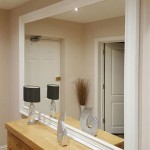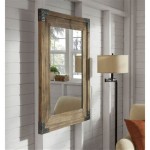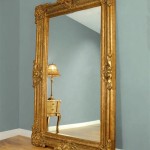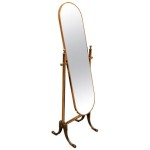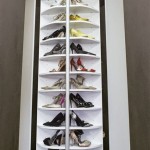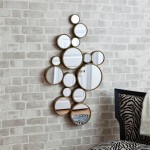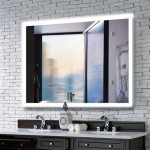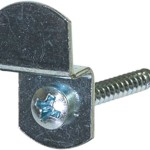Louis XV Mirrors: Reflections of an Era
Louis XV mirrors represent a significant development in the history of French decorative arts. Emerging during the reign of King Louis XV (1715-1774), these mirrors reflect the dominant aesthetic principles of the era, known as the Rococo style. Characterized by asymmetry, ornate curves, and intricate detailing, Louis XV mirrors served not only as functional objects but also as prominent displays of wealth and craftsmanship.
Distinctive Features of Louis XV Mirrors
Several key features distinguish Louis XV mirrors from other styles. The most prominent is the elaborate carving that adorns the frames. These carvings often depict natural motifs such as shells, flowers, foliage, and C-scrolls, demonstrating the Rococo fascination with nature and organic forms. Gilding, frequently applied to the carved wood, adds a layer of opulence and enhances the reflective qualities of the glass.
The Role of Trumeau Mirrors
Trumeau mirrors, a specific type of pier mirror popular during the Louis XV period, played a significant role in interior design. Placed between windows, these large mirrors maximized natural light and created an illusion of spaciousness. Often incorporated above console tables, they provided a focal point for the room and enhanced the overall elegance of the décor. The trumeau form further allowed for more elaborate carving and painting, making them exceptional examples of Rococo artistry.
Glassmaking Advancements and Their Impact
Developments in glassmaking during the 18th century contributed significantly to the evolution of Louis XV mirrors. Larger plates of glass became increasingly available, allowing for the creation of more substantial and impressive mirrors. The improvement in quality also meant a clearer, more undistorted reflection, enhancing the desired effect of light and space.
The Influence of the Rococo Style
The Rococo style's emphasis on lightness, grace, and asymmetry is clearly manifested in the design of Louis XV mirrors. The flowing lines and ornate detailing contrast sharply with the more formal, symmetrical designs of the preceding Louis XIV style. This shift reflects the evolving social and cultural landscape of 18th-century France, moving away from the grandeur of the absolute monarchy towards a more relaxed, intimate aesthetic.
Materials and Construction Techniques
Craftsmen employed a variety of materials in the creation of Louis XV mirrors. Wood, particularly walnut, oak, and beech, served as the foundation for the frames. These woods were chosen for their durability and ability to hold intricate carvings. Gilding, applied using gold leaf or cheaper alternatives like Dutch metal, added a luxurious finish. The glass itself, though improved, was still relatively expensive and considered a precious material.
Beyond Functionality: Mirrors as Symbols of Status
Louis XV mirrors transcended their functional purpose and became powerful symbols of wealth and social standing. Owning large, elaborately decorated mirrors signified prosperity and refined taste. They were often displayed prominently in salons and reception rooms, serving as centerpieces for social gatherings and reinforcing the owner's status within the elite circles of French society.
The Legacy of Louis XV Mirrors
The craftsmanship and artistry of Louis XV mirrors continue to be admired and sought after by collectors and enthusiasts. Their enduring appeal lies in their intricate beauty, historical significance, and the insight they offer into the culture and artistry of 18th-century France. These mirrors remain highly valued not only as decorative objects but also as historical artifacts, representing a significant chapter in the evolution of furniture design.
Variations and Regional Differences
While sharing core characteristics, Louis XV mirrors also exhibited regional variations. For example, mirrors produced in provincial workshops often displayed simpler carvings and less elaborate gilding than those created in Parisian ateliers. These variations reflect the availability of resources and the specific tastes of different regions within France, adding further depth to the study of these objects.
Very Fine Early Louis Xv Period Overmantle Mirror

A Grand 18th Century Louis Xv Period Giltwood Parcloses Mirror Circa 1745 Anton Venoir Interiors

19th Century Louis Xv Style Gilded Mirror

French 19th Century Louis Xv Gold Leafed Mirror Antique

Louis Xv Style Wall Mirror The Architectural Warehouse

Large Louis Xv Style Mirror In Golden Wood 1950s For At Pamono

A French Louis Xv Mirror

Louis Xv Laura Over Mantle Carved Mirror In Gold Leaf Island Furniture Co

A Louis Xv Style Giltwood And Green Painted Mirror The Vault Sydney

An 18th Century Louis Xv Period Giltwood Mirror Circa 1750 Anton Venoir Interiors

